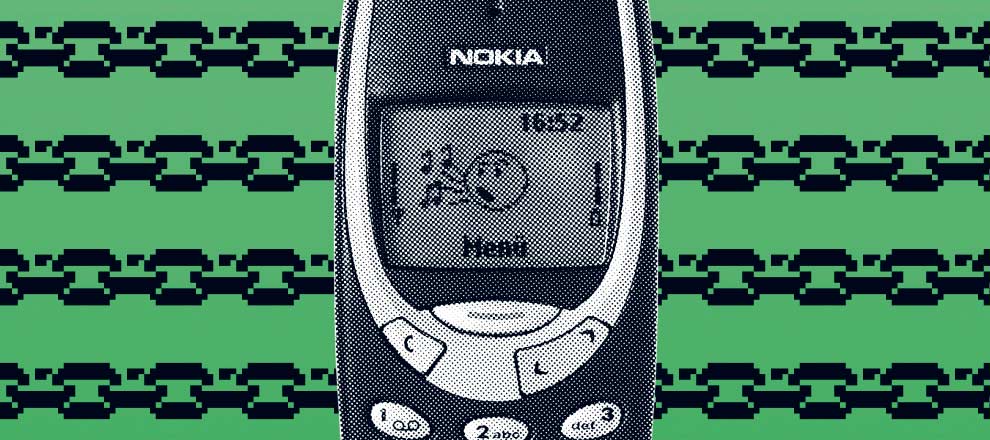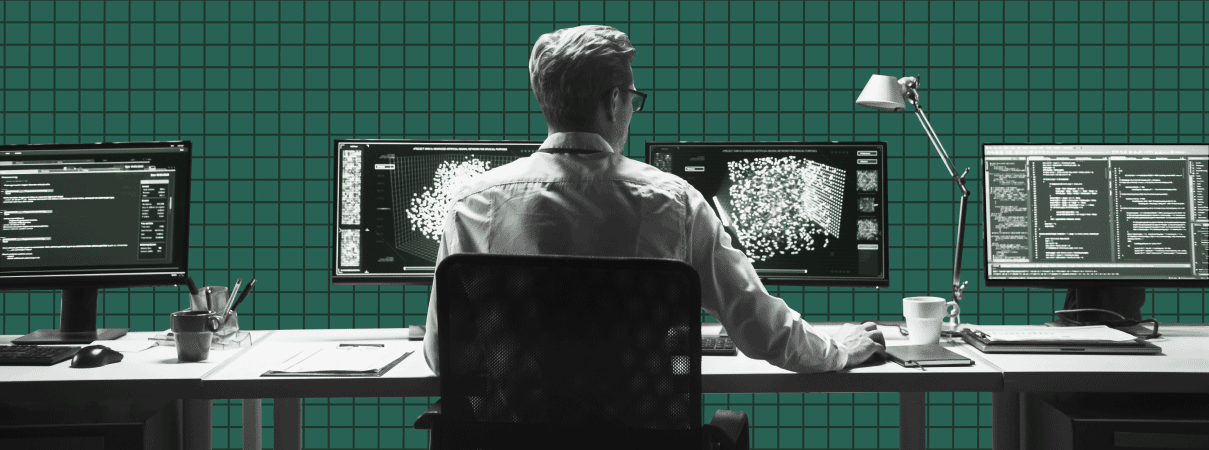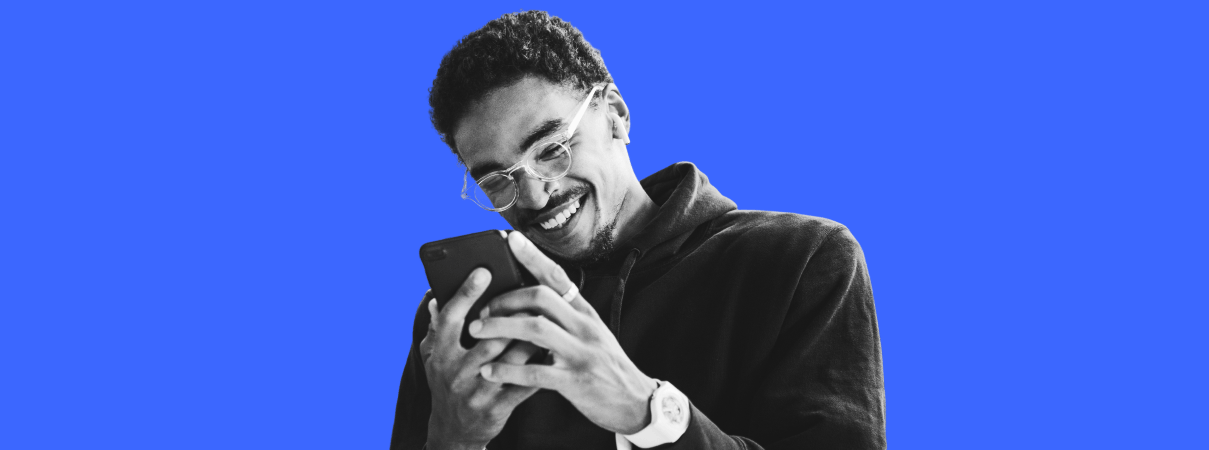Nokia Corporation shared its 2030 development plans. They include significant investments in network infrastructure to enable blockchain technologies, smart contracts, artificial intelligence, and Metaverse projects.

Analysts at Nokia, a multinational technology giant, forecast a 22-25% increase in demand for network infrastructure between 2022 and 2030. Such data is provided in the company’s 2023 report in the “Our Technology Strategy 2030” section.
The document predicts that by 2030, global demand for network traffic will reach between 2,443 and 3,109 exabytes per month. This is due to the introduction of developments based on generative artificial intelligence, virtual reality, cloud computing, and Web3 technologies.
The company’s strategy for this period involves significant investments in its network equipment and services portfolio. Moreover, Nokia expects the network and digital economy to become more interconnected and networking technologies to shape the future of the digital era.
Among other things, Nokia pays considerable attention to industrial Metaverse projects. Research in this industry began in 2022, and in early 2023, Nishant Batra, Nokia’s Chief Strategy and Technology Officer, presented on this topic at Davos. The main focus is to develop the network architecture based on digital twin technology.
A digital twin is a simulation of a physical object already used for prototyping and testing in manufacturing, construction, and other large-scale industrial projects. In 2023, Nokia tested Metaverse technologies and digital twins to organize technical support for employees of remote airports in South Australia during the repair and maintenance of Cessna aircraft.
Finnish scientists recently published an article describing the prospects of using the industrial Metaverse and digital twins to manage employees and improve labor efficiency.









